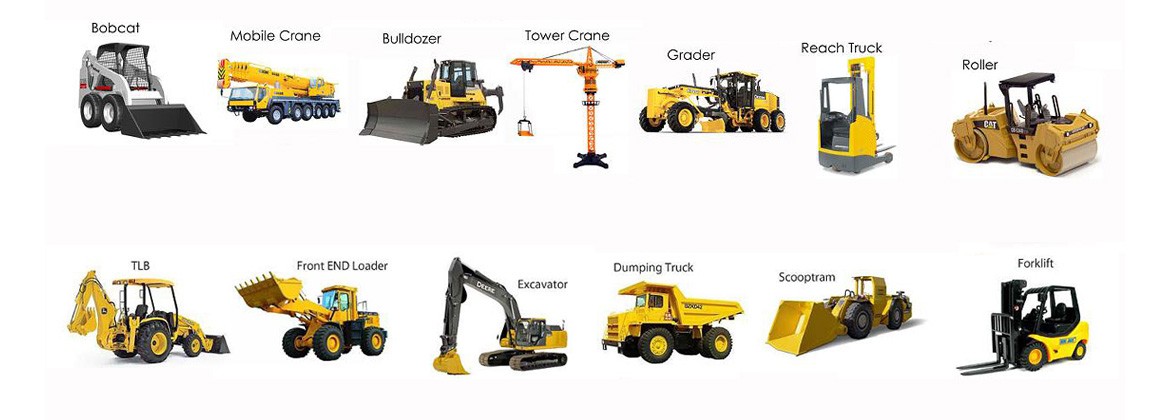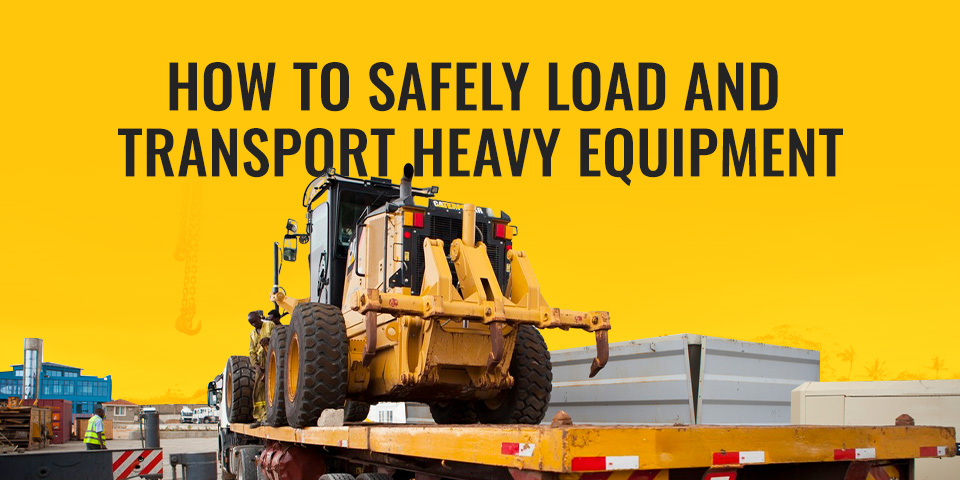Scissor Lift Rental: Safe and Reliable Solutions
Scissor Lift Rental: Safe and Reliable Solutions
Blog Article
Renting Out Vs. Buying Building And Construction Tools: Making the Right Option for Your Job
When embarking on a building task, one of the critical decisions that predict stakeholders and supervisors encounter is whether to purchase or rent construction devices. Both options have their downsides and benefits, making the option a critical one in the project planning process. The decision hinges on various factors such as price considerations, project duration, equipment upkeep, scalability, risk, and adaptability management. Each component plays a crucial role in identifying one of the most suitable path for the project's tools requirements. equipment rental company. Allow's explore these aspects additionally to understand exactly how they impact the decision-making process and eventually the success of the task.
Cost Considerations
Leasing tools commonly requires lower preliminary payments compared to purchasing, making it an attractive alternative for short-term tasks or professionals with budget plan restraints. In the long run, continuously renting out tools can gather greater costs than purchasing, especially for extended jobs.
On the various other hand, buying building tools entails higher ahead of time expenses yet can result in lasting savings, especially for constant users or lasting projects. Ultimately, the choice between purchasing and renting out construction devices pivots on the job's duration, regularity of usage, spending plan factors to consider, and long-term monetary objectives.
Job Duration

Alternatively, for lasting jobs or continuous building work, acquiring devices could be the much more economical option. Getting tools can lead to cost financial savings over time, particularly if the devices will certainly be often utilized. Moreover, possessing equipment provides a feeling of control over its schedule and permits personalization to fit certain task requirements.

Devices Maintenance
Given the essential function project duration plays in determining the most economical method in between renting and buying building devices, the emphasis currently moves in the direction of analyzing the necessary element of tools maintenance. On the various other hand, possessing equipment requires a positive method to maintenance to protect against failures, make sure security, and expand the tools's life-span. Ultimately, a well-maintained construction tools fleet, whether rented out or possessed, is necessary for the effective and reliable completion of building jobs.
Adaptability and Scalability
In the world of construction devices administration, the facet of flexibility and scalability holds significant significance for job efficiency and source usage. Choosing to lease construction devices offers a high degree of flexibility as it allows for the fast adjustment of tools types and quantities based on the evolving requirements of a task. Leasing enables professionals to access a broad array of specific tools that may be required for certain jobs without the long-term commitment of possession. This adaptability is specifically advantageous for tasks with varying demands or uncertain durations (heavy equipment rental).
Leasing building and construction equipment provides the advantage of quickly scaling operations up or down as task needs vary. Contractors can promptly exchange or include equipment to match the job's transforming needs without the restraints of possessing assets that might come to be underutilized or outdated.
Threat Administration
Effective risk monitoring in building and construction equipment procedures is vital to ensuring task success and mitigating possible financial losses. Building jobs inherently include various dangers, such as equipment failures, mishaps, and job delays, which can substantially influence the job timeline and spending plan. By carefully considering the risks related to owning or leasing construction tools, project managers can make educated choices to reduce these possible threats.
Leasing construction devices can offer a degree of risk reduction by moving the obligation of repair and maintenance to the rental business. This can reduce the economic concern on the job owner in instance of unforeseen devices failures (aerial lift rental). Furthermore, renting out offers the adaptability to gain access to specific tools for details job stages, decreasing the danger of owning underutilized equipment
On the other hand, having building and construction devices supplies a feeling of control over its usage and maintenance. Nevertheless, this likewise indicates birthing the complete duty for fixings, maintenance costs, and devaluation, increasing the financial threats linked with equipment possession. Mindful risk assessment and factor to consider of factors such as task period, devices utilization, and maintenance requirements are critical in establishing the most appropriate option for efficient danger monitoring in building jobs.
Final Thought
In verdict, when deciding between buying and renting out construction tools, it is essential to consider price, task duration, tools upkeep, flexibility, scalability, and threat monitoring. Each factor plays an important role in identifying the most suitable option for the job available. By meticulously assessing these facets, job supervisors can make an enlightened decision that aligns with their budget plan, timeline, and general job goals.

Report this page